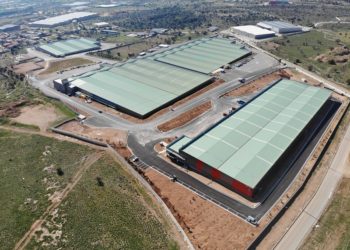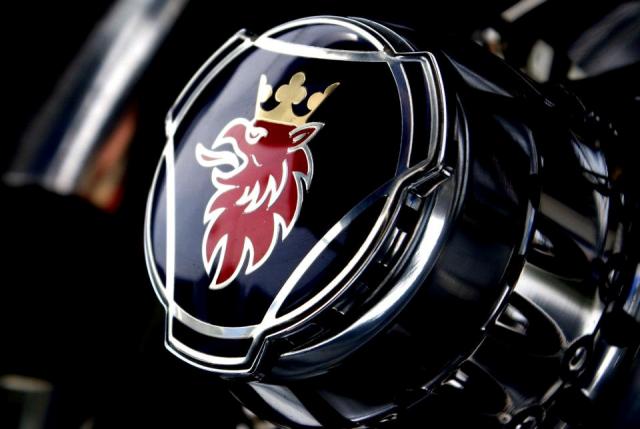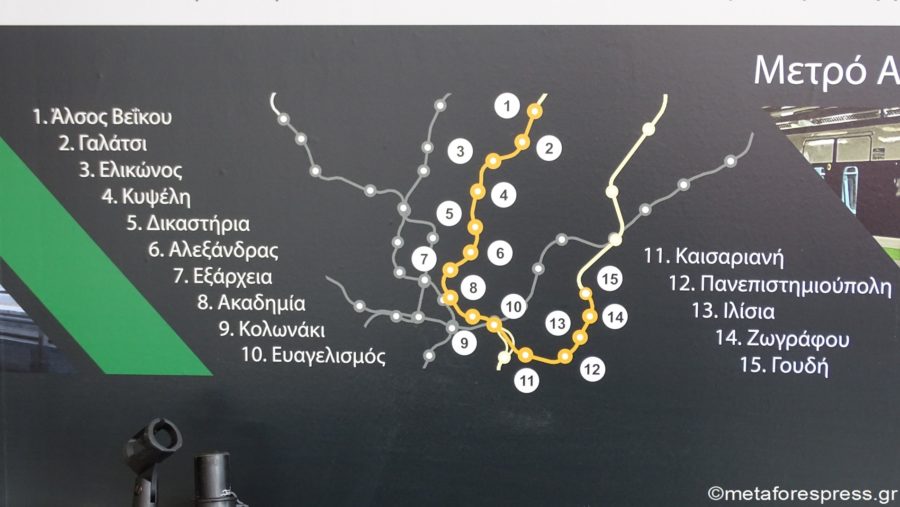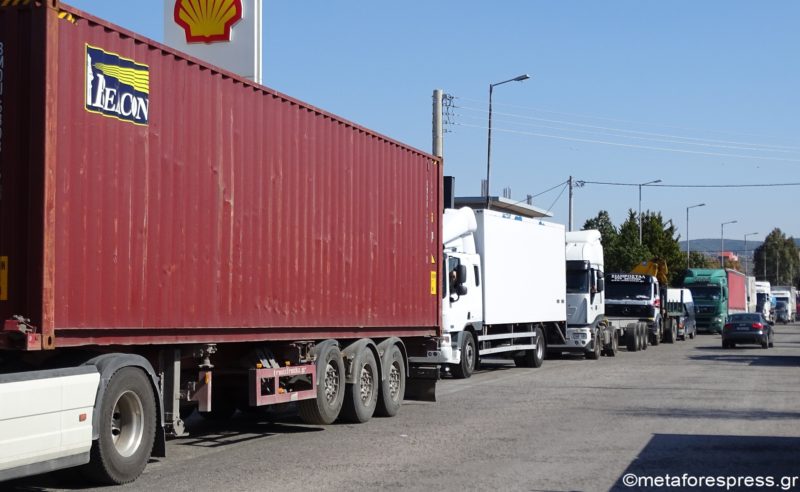Scania first presented its next level of battery-electric zero-emission regional trucks in June 2022 and has built up a solid order book.
Production will now commence in Södertälje, Sweden, for trucks with R and S cabs with 400 or 450 kW of engine power, sufficient for a broad variety of truck applications.
With updated urban battery electric vehicles including new green battery packs and e-adopted chassis, and services such as Scania Charging Access, Scania’s offer has now reached a maturity level that makes it attractive and relevant for a broad spectrum of customers, regardless of their transport assignments.
“Operating zero-emission trucks is no longer a privilege for the chosen few,” says Fredrik Allard, Senior Vice President and Head of E-mobility at Scania. “Scania’s offer now covers a wide span of applications and customer demands, while offering services that are lowering the threshold for a transformation towards fossil-free transports for the many.”
Scania’s next level of regional battery electric trucks have impressive numbers: gross train weights can be up to 64 tons, the range is up to 390 kilometres, the charging capacity is up to 375 kW and the top power levels – 400 or 450 kW (circa 610 hp) – are considerably higher than those sported by the majority of the conventional trucks out on the roads.
“Apart from true long-haul operations, few buyers today cannot find what they need from a operational viewpoint,” says Allard. “Sure, there are still certain applications that are less prone to turn electric in the near future, but many buyers will be amazed when they realise what these trucks are capable of and their efficiency together with our digital services.”
Scania’s latest electric trucks are offered as both rigids and tractors. Both R- and S-series cabs are available. Ranges will, as always, vary with weight, operation, weather, driving style and so on, but a 27-tonne city tipper with six batteries can expect up to 350 km between each charging. One hour of charging will then add 270 km of range. And it does not take the highest available charge points with 350 kW for achieving reasonable charging times: a 130 kW charger will add 100 km of range in one hour for a truck that uses 1.3 kWh/km.
“We are a bit stuck on the concept of always filling from 10% to 100% as we do with diesel,” says Allard. “With battery-electric vehicles the mindset should be to charge for the required range instead: if you have 120 km to go to your home depot charger, it would be unnecessary to charge for more than that distance with some small extra margin.”
Updated urban solutions and new electric machines
Scania’s first battery electric trucks have been on the market since 2021 and have spear-headed the transition towards fossil-free transports mainly in urban applications. Scania is now gearing up its offer for applications such as distribution trucks and light tippers. With the addition of e-adapted chassis, batteries by Northvolt and new auxiliary systems that will add better functionality and less complexity, new doors are opened.
In parallel, Scania is introducing a range of new electric machines, the EM C1-4 family, in no less than five different power levels. The EM C1-4 is expected to become the volume seller for Scania, due to its flexibility and five different levels of power output.
“By this addition, we introduce the opportunity to also tailor the battery-electric vehicles, based on their actual operations,” says Allard. “With its five different power levels and four gears, this electric machine has flexibility written all over it. With this as the foundation, we can guide each customer to exactly the right configuration regarding the number of batteries and our services so that it truly fits their needs.”
Batteries that make a difference
Scania is using cells from the Swedish manufacturer Northvolt, which have the capacity for powering trucks for 1.5 million kilometres. Their carbon footprint is approximately one-third of a comparative industry reference.
One of the main strengths of Scania’s batteries is their charging characteristics. Unlike many other battery packs, Scania’s batteries can be charged repeatedly up to 100% of the SOC-window without any impact on their lifespan. And they have a straight charging curve, which means that they charge with the same speed when almost full as when they are close to empty. The straight charging curve gives predictable charging times and the long battery life secures a low total cost of ownership.
Scania has accomplished these rare capabilities by making sure that the batteries always have the right temperature. Together with Northvolt, Scania has adapted the battery technology for heavy vehicles with a high battery capacity versus the important so called C-rate (the current at which a battery is charged and discharged).
“We believe that charging issues will be regarded as less problematic when people learn more about how batteries work in reality,” says Allard. “When we analyse operational patterns, it often becomes evident that the vast majority have all the range they need, with a margin. Tippers and other kinds of rigid-based applications often do fewer than 200 kilo-metres per day when operating in urban areas. If they charge at their home depot and join Scania Charging Access for back-up, range would not be an issue for them.”
The transition towards sustainable, fossil-free transport with zero emissions is an ongoing process where thought leaders such as Scania are playing an important role. Scania believes that a step-change is imminent, to begin with in Europe and the USA. It is driven by a mix of sustainability demands from customers, increased legislation and the fact that electric trucks are expected to deliver cost-parity – or better – compared to diesel trucks.
“The interest in battery-electric solutions is immeasurable; potential customers are everywhere,” says Allard. “The fact that some are cautious and limit themselves to ordering a couple of trucks for their fleets is fully understandable since they want to gather experience first. But with our growing portfolio and an expanding infrastructure, Scania’s target of selling 50% electric trucks of our total volume in Europe by 2030 is definitely within reach.”
Scania Charging Access – one for all, all for one
Earlier this year Scania Charging Access was presented, a service which is now open for business. Scania is offering seamless access to a European-wide charging network in 12 countries, with charge points ranked according to how suitable they are for trucks.
Independent of who is operating the charge points in the network, the customer will only get one consolidated invoice, from Scania. The service comes without any sign-up or monthly fees; the customer only pays a predictable price when the service is used. Owning at least one Scania of any kind is in fact the only requirement for joining Scania Charging Access.
“We are pioneering a consolidated service for heavy vehicles in Europe,” says Magnus Höglund, Head of Charging Solutions at Scania. “It is primarily designed for en-route charging, our mission is to enable and simplify for true electrification by taking out every-thing from range anxiety to administrative grievances from the equation and offering truck-ready charge points.”
“We assess and rank all existing charge points manually, both the ones for heavy vehicles and those for passenger cars. This helps us identify the ones that are beneficial for our customers until there is a significant number and an extensive network dedicated solely to heavy vehicles.”
Although the actual network for trucks and buses is limited to start with, Höglund foresees a rapid growth:
“It will continuously expand during 2024 and onwards, when charging operators like Milence and others are up to speed. By using the Scania Driver App or My Scania, charge points that are ranked by us as truck-ready, and their availability, can be filtered out. We are continuously adding both new functionalities and more charging operators to the service.”
(SCANIA)





















































